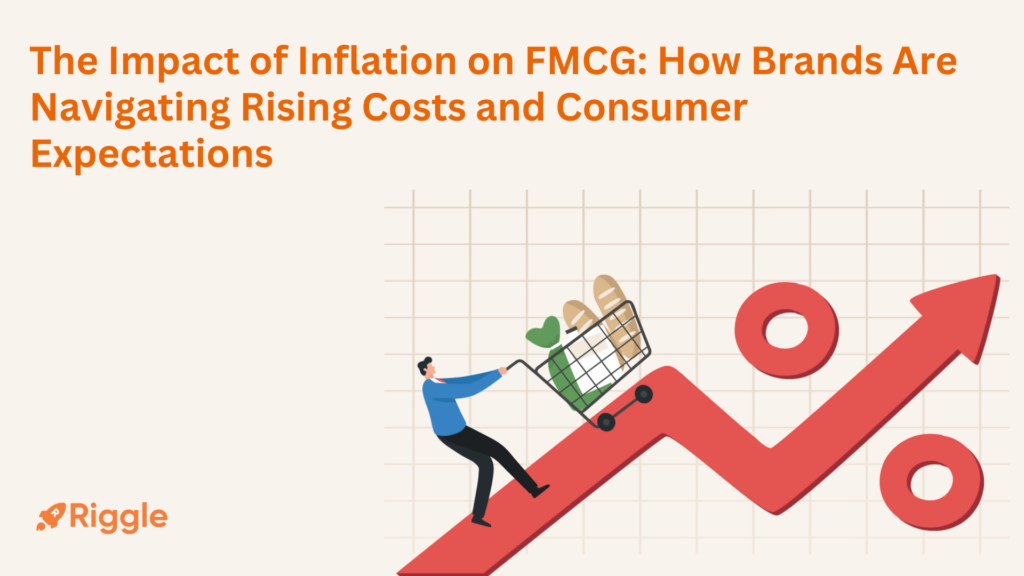Inflation occurs when prices go up, affecting the things we buy every day. The Fast-Moving Consumer Goods (FMCG) sector, which includes products like food, drinks, and toiletries, is one of the hardest hit by inflation. FMCG brands face rising costs for making and delivering products and must keep their customers happy.
Let’s look at how these brands are managing the challenges of inflation.

Rising Costs in FMCG
There are several reasons why prices are going up for FMCG companies. First, the cost of raw materials used to make products has increased. Second, supply chains have been disrupted, making getting products from factories to stores more expensive. Finally, labor costs are higher, meaning companies spend more on wages. This combination is pushing up the overall cost of doing business.
To deal with this, companies are using tools like the stock management system for FMCG to track inventory more efficiently. This system helps them avoid wasting products and reduce costs.
Changing Consumer Expectations
As inflation pushes prices higher, consumers seek ways to save money. Many people are now choosing cheaper brands, buying in bulk, or looking for smaller, more affordable packages. At the same time, they still expect good quality products. This shift makes it harder for FMCG companies to keep customers loyal to their brand.
Companies rely on the FMCG distribution management system to manage these changes to ensure products reach consumers quickly and at a lower cost. This system helps brands stay competitive and keep their customers satisfied by delivering what they need when they need it.
How FMCG Brands Are Coping
FMCG brands are using several strategies to deal with the rising costs:
- Price Increases: Some brands have raised prices to cover costs. However, they do this carefully to avoid losing customers.
- Cutting Costs: Companies are adopting cost-saving measures like shrinkflation, in which products appear the same but are reduced in size compared to a few years ago. This allows them to cut costs without raising prices.
- Improving Efficiency: Many FMCG companies use technology to become more efficient. For instance, they are using inventory management software for FMCG to track stock, reduce waste, and keep costs down.
- Product Innovation: Some brands are creating new, affordable products or offering smaller, more budget-friendly packages for consumers.
The Role of Technology
Technology is helping FMCG brands navigate inflation in several ways. By using the distributor management system for FMCG, companies can better manage their relationships with distributors and ensure products reach stores on time. This reduces the risk of products being out of stock, which can frustrate customers.
Additionally, brands are using inventory management software for FMCG to improve their stock tracking. This ensures they always have the right amount of products in stores, avoiding overstocking or shortages.
ConclusionInflation is challenging for FMCG brands, but many are finding ways to cope. By using systems like the stock management system for FMCG, improving efficiency, and keeping up with changing consumer needs, brands can continue to succeed even in tough economic times. It’s all about balancing rising costs with consumer expectations while using technology smartly.

